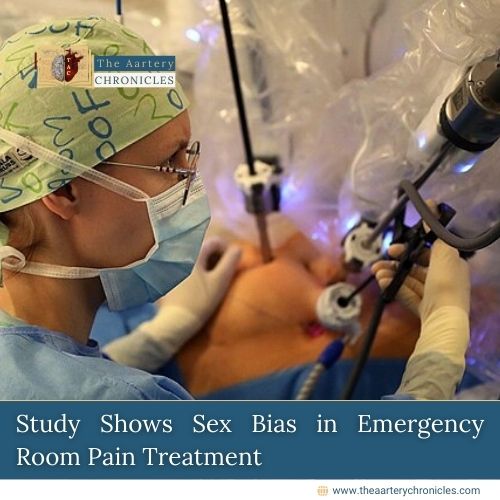
Study Shows Sex Bias in Pain Treatment in Emergency Room
A new study published in the Proceedings of the National Academy of Sciences reveals a notable sex bias in pain management within emergency departments. The research indicates that
- Female patients are consistently less likely to receive pain medication prescriptions compared to male patients presenting with similar complaints.
- This bias persists across various ages, pain levels, and regardless of the physician’s sex, highlighting a systemic issue in healthcare.
Key Statistics
The study analyzed over 21,000 patient records from the United States and Israel. Findings show that female patients are less frequently prescribed pain relief medications, even after accounting for pain levels, age, medical history, and type of complaint. Specifically, female patients are less likely to receive analgesics—both opioids and non-opioids—compared to male patients.
Pain Score Documentation and Time Spent
Female patients’ pain scores are less frequently recorded, and they spend an average of 30 minutes longer in the emergency department than male patients. This under-documentation and extended waiting time can lead to the underestimation of women’s pain severity and inadequate treatment.
Implications and Recommendations
The study’s authors, including Prof. Shoham Choshen-Hillel and Mika Guzikevits from Hebrew University, and Dr. Alex Gileles-Hillel from Hebrew University-Hadassah Medical Center, call for urgent policy interventions and healthcare professional training to address these biases. They emphasize the need for standardized pain management protocols to ensure equitable treatment for all patients.
Conclusion
The study highlights a systematic issue in the undertreatment of women’s pain in medical settings, calling for immediate action to combat these biases and improve health outcomes for female patients.
Source: Inputs from various media Sources










